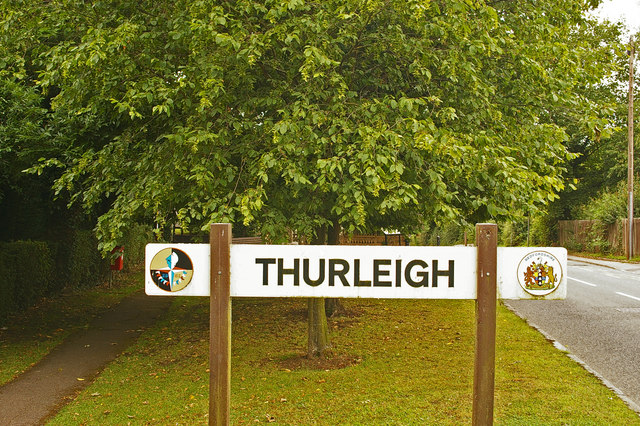Woman-Hating Bedfordshire Wild Man April 28, 2016
Author: Beach Combing | in : Modern , trackback
A couple of months ago Beach offered a post on British wild men. Here is one to add to the list, Simon Goodman or Simon Goodwin aka Tim Goodman or Tim Goodwin: those name variants give some warning of the kind of historical bog we are about to wade into.
Simon Goodman was born c. 1780 at Thurleigh in Bedfordshire (southern England). He was, however, unlucky in love – how many down and outers begin their descent with a disappointment of the heart? – and left his village swearing never to return. A great big man he built a shack for himself at Lawn Wood, ‘situated near the junction of the parishes of Milton Earnest, Thurleigh and Clapham’. Parish edges are traditionally supernatural places as if other-worldly forces can get into the seams of the human community. His hut was not particularly impressive but he built a moat around the house, ten to twelve feet wide and he kept chickens and ducks (on the moat?) and lived off their eggs and his sale of the eggs: he would have nothing to do with women, and his only semi-occasional visitor was a local parson (and those who bought his wares?). He became, of course, a bogey for the local population. In 1828 when he had a terrible illness but he recovered and finally died c. 1840, likely just before the first British census (Beach can’t find him). Local stories grew up about Simon’s alliance with the Devil, who he considered a personal friend and George Hurst’s Rural Legends (1878), has a tale about Tim outwitting Old Nick. This information about these traditions is consistent. It was collected in the late nineteenth century from locals, who must, in many cases, have seen Simon Goodman (if they were women) or perhaps even talked to him (if they were men).
A coffin was provided by the sexton, Maddams, who in return was to receive the hens and ducks that had belonged to Goodman. A grave was dug in the churchyard at Clapham and wagon and horses from a farm near by were brought to the edge of the moat. The bell was tolling in the distant church tower, and the wagon with its burden began to move across the field. But suddenly the horses fell down, and when they had stumbled up again they were turned back – it is said by the agency of the Devil – in the direction of the late Simon Goodman’s place of abode. Reaching the moat the horses stopped, and a grave was dug on the spot where he had lived, and there he was buried, some large flat stones being placed on the grave to mark the spot.
The local boys still visited the ‘spot’ in the later nineteenth century and laid flowers there. Simon Goodman was a pathetic failure of a human being, who slunk off into the woods: a fate that given the wrong circumstances potentially awaits most of us; certainly Beach has sometimes looked wistfully into the trees. What is interesting to the historian though is the way that this woman-hating solitary, became the focus of local folklore. Within forty years of his death Hurst was writing tales from what sounds like a local folk cycle on the man. There is that great phrase about ‘it takes a village’ to raise a kid. We forget that the village also has its needs and these include the weirdo who lives out on the parish bounds and who will be crucified by local opinion.
Other wild men: drbeachcombing At yahoo DOT com


